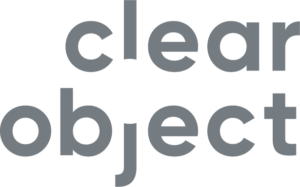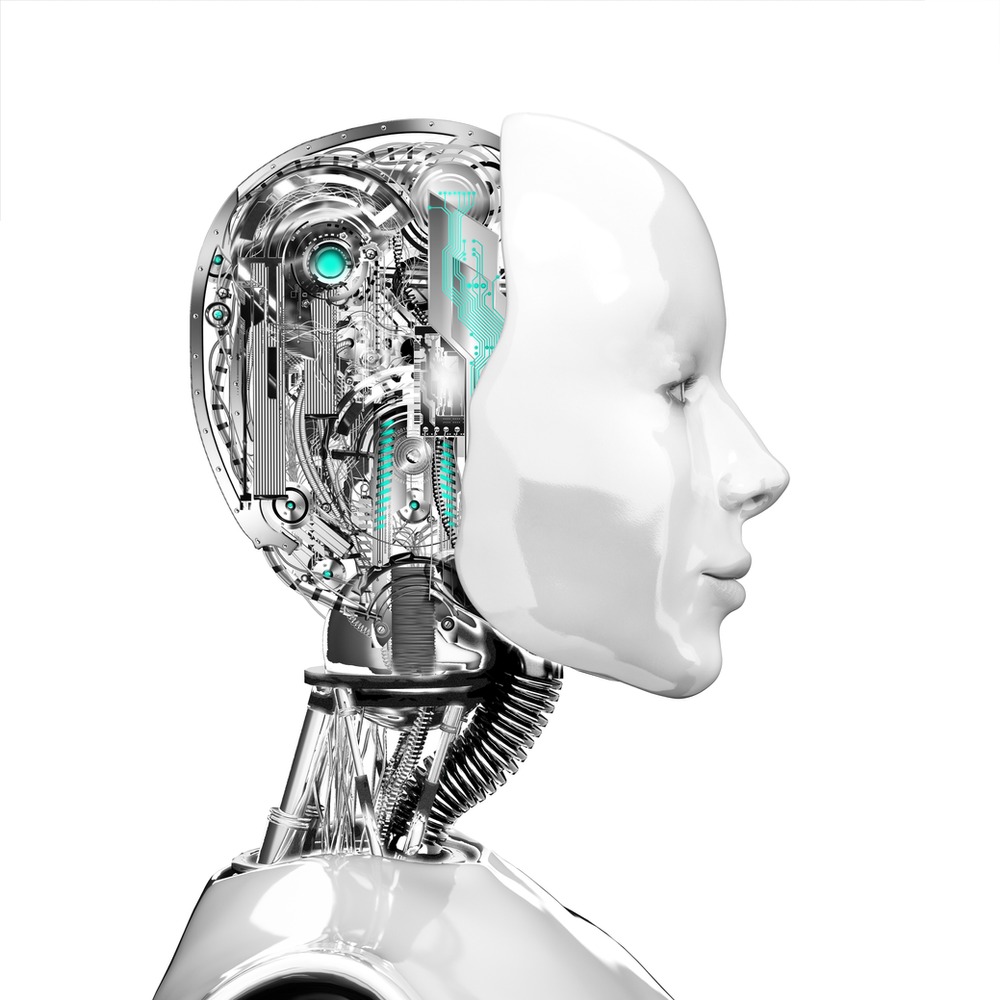We could say, everything you hear about technologies like AI taking jobs away from humans is true. That’s what artificial intelligence solutions are being developed and trained to do. In some cases, they’ve already replaced people in lower-level positions such as admin or assembly work.
Yet while the perception—misperception?, perhaps—is that AI and machine learning examples will soon reshape the workplace as we know it, it’s not all gloom and doom for us humans. Because we can also say this:
AI will just as effectively create new jobs, by the millions, in industries like education and healthcare, and especially in the public sector. Positions that will be more dynamic, that will require higher skill sets, and that will be more challenging for the persons who fill them.
In fact, analysts at Gartner predicted nearly two years ago that whereas AI will eliminate 1.8 million jobs in 2020, the technology will also create 2.3 million new jobs during the same period. Moreover by 2025, Gartner also said, AI-related job creation will eventually reach 2 million net-new jobs. (Note that Gartner’s analysts didn’t specify in their article whether the totals are in the U.S. or global. Our guess is the job counts are worldwide.)
What industries will be the job creators?
Gartner and other industry types already point to education, healthcare, and the public sector as frontrunners for new AI-generated jobs. However, the list could just as easily include sectors such as energy. As the U.S Bureau of Labor Statistics says in its Occupational Outlook Handbook, the highest percentage of new jobs between 2018-2028 will be in solar-powered energy.
The second fastest growing occupation? Wind turbine service technicians. Which calls for a quick aside and direct connection between AI and machine learning examples.
AES is a global energy company that utilizes windfarm operations around the world. They maintain and service hundreds of wind turbines. They employ lots of maintenance service technicians, who manually review hundreds of thousands of drone-produced images to identify maintenance issues on wind turbine equipment. Tedious!
So ClearObject developed a computer vision model for AES using machine learning examples to reduce the volume of inspection images to be reviewed. The model cut the volume by 55%, a number expected to reach 90% as the model learns and improves over time.
AI augmentation – AI and employers working together
AI creating jobs is always welcome news. It helps dispel the notion that technology is slowly replacing us all. Yet here’s another thing about AI, machine learning examples, robots et al that deserves some positive attention.
In a recent futurescope.co article on 7 Important Artificial Intelligence Predictions for 2020, author Bobbi Sanchez points out that job loss warnings are usually the result of “AI being confused with automation.” Or we should say, assumed automation. Unfortunately, what isn’t fully understood in this perceived context is AI augmentation, as Sanchez also points out.
Simply put, AI augmentation is the point at which AI and human intelligence come to compliment one another—the AES story being a perfect example. By applying AI to a non-manual process, it can assist a human worker, not replace them. Consider, too, humans and machines working in unison can be far better than either element working singularly.
In this regard, manufacturing is one industry currently working to reskill its workforce to reach a state of AI augmentation. In an industry anticipated to be especially hard-hit by AI, the objective is to marry the technical and non-technical know-how of workers to make them more valuable assets in the digital transformation process.
Bottom line, while AI can help a human tackle repetitive tasks more efficiently, it can still give the person the final say when it comes to making decisions.

Skills for AI and all the new jobs it will create
The outlook is that, early on, the kinds of jobs AI is set to take away are mostly unskilled lower- and mid-level positions that most any person could do. And the jobs AI promises to create will mostly be, naturally, AI related. But here’s some irony.
Right now, it’s estimated there are roughly 300,000 AI professionals worldwide, and further estimated there are millions more positions available in the AI field. And as aggressive as recruiters are to secure professionals who have an AI background, the thinking is: there just isn’t enough talent to meet demand.
Bernard Marr is an authority in AI and technology and has a few suggestions on how to fill the gap.
One way, Marr says, is to increase resources for digital, math and technical education. “Simply driving more students into computer science will not solve the issue.” And don’t wait until college. Start students on this path in middle school and high school, and even at the elementary level.
Also, tech giants including Google are investing internationally to expand their talent pool. Marr references Google Brain Toronto as a facility “dedicated to AI.”
But until there are enough new graduates to fill the millions of AI roles that need to be filled, Marr says, companies should start retraining current employees and upskilling them to an AI level. A Forbes survey shows this is already happening (and has been for a while), as 63% of companies are now providing in-house data analytics training. Or, as one other option, Marr believes certain AI positions could be filled by persons with a math or physics degree who get trained in AI specialties. “The future of work will require employees to be agile and change their skills over time.”
Finally, Back to Google, imagine the solution for the AI skills gap actually be solved by artificial intelligence itself. Google is developing AutoML, which is artificial intelligence that can create other AI systems.
Talk about ironic.
Contact Us
The boundaries of AI and machine learning examples are endless. That’s why we’re making it our mission to continue telling the AI story to enterprises of all kinds. Look for more chapters to come… and let us help tell your AI story.
#ai #machinelearning #machinelearningexamples

